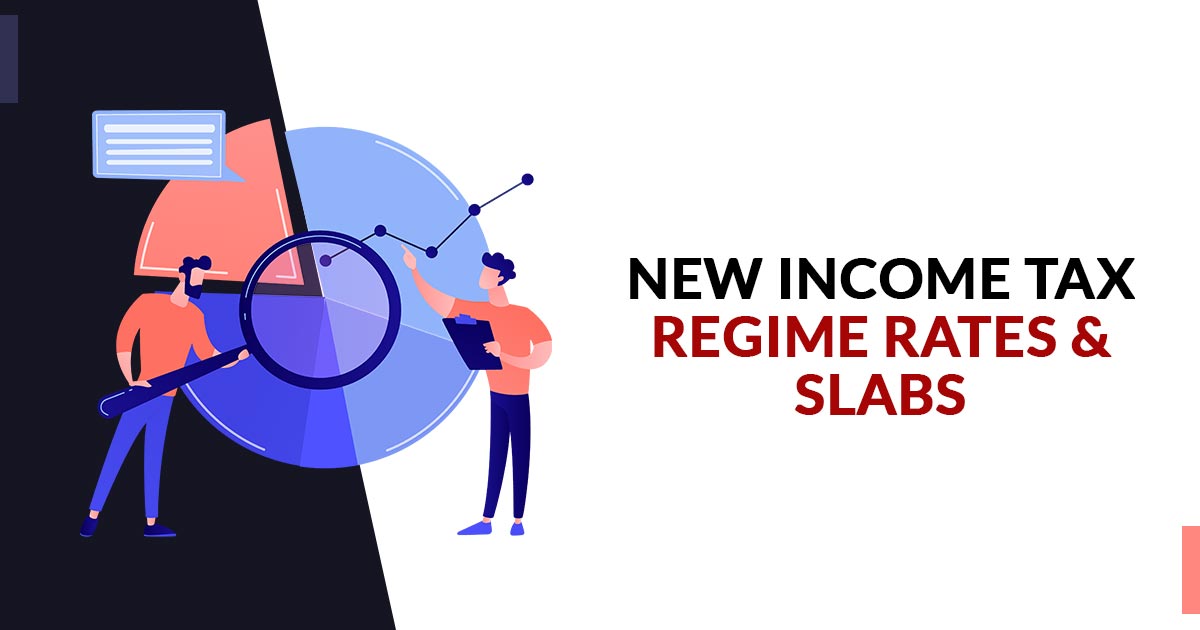Introduction
The Indian income tax landscape has witnessed a significant change with the introduction of the new tax regime. As taxpayers, we now have the option to choose between the old and new tax systems. In this article, we explore the key differences between the two regimes and help you make an informed decision.
1. The Basics
Old Regime
- The old tax regime follows the traditional structure, where taxpayers can claim various deductions and exemptions.
- It includes popular sections like 80C (for investments), 80D (for health insurance premiums), and HRA (House Rent Allowance).
- Taxpayers calculate their taxable income after considering these deductions.
New Regime
- The new tax regime offers reduced tax rates but eliminates most deductions and exemptions.
- It simplifies the tax process by providing a flat tax rate without the need for complex calculations.
2. Tax Rates
Old Regime
- The old regime has a progressive tax structure with different slabs and rates.
- Tax rates vary based on income levels.
New Regime
- The new regime offers lower tax rates across income brackets.
- It aims to provide relief to taxpayers by reducing the tax burden.
3. Deductions and Exemptions
Old Regime
- Taxpayers can claim deductions under various sections, such as 80C, 80D, and 80G.
- These deductions reduce the taxable income.
New Regime
- Most deductions and exemptions are not available in the new regime.
- Taxpayers must forgo these benefits in exchange for lower tax rates.
4. Who Benefits?
Old Regime
- Individuals with substantial investments and expenses benefit from the old regime.
- Those who maximize deductions can reduce their tax liability significantly.
New Regime
- The new regime is advantageous for those with minimal deductions.
- It simplifies tax compliance and suits taxpayers who prefer a straightforward approach.
5. Flexibility
Old Regime
- Taxpayers can switch between the old and new regimes each year.
- It allows flexibility based on changing financial situations.
New Regime
- Once you choose the new regime, you must stick to it for the entire financial year.
6. Conclusion
The decision between the old and new tax regimes depends on individual circumstances. Consider your financial goals, investments, and lifestyle before making a choice. Consult a tax advisor if needed. Remember, both regimes have their merits, and the right decision varies from person to person.
Choose wisely and stay tax-smart! ????????????




